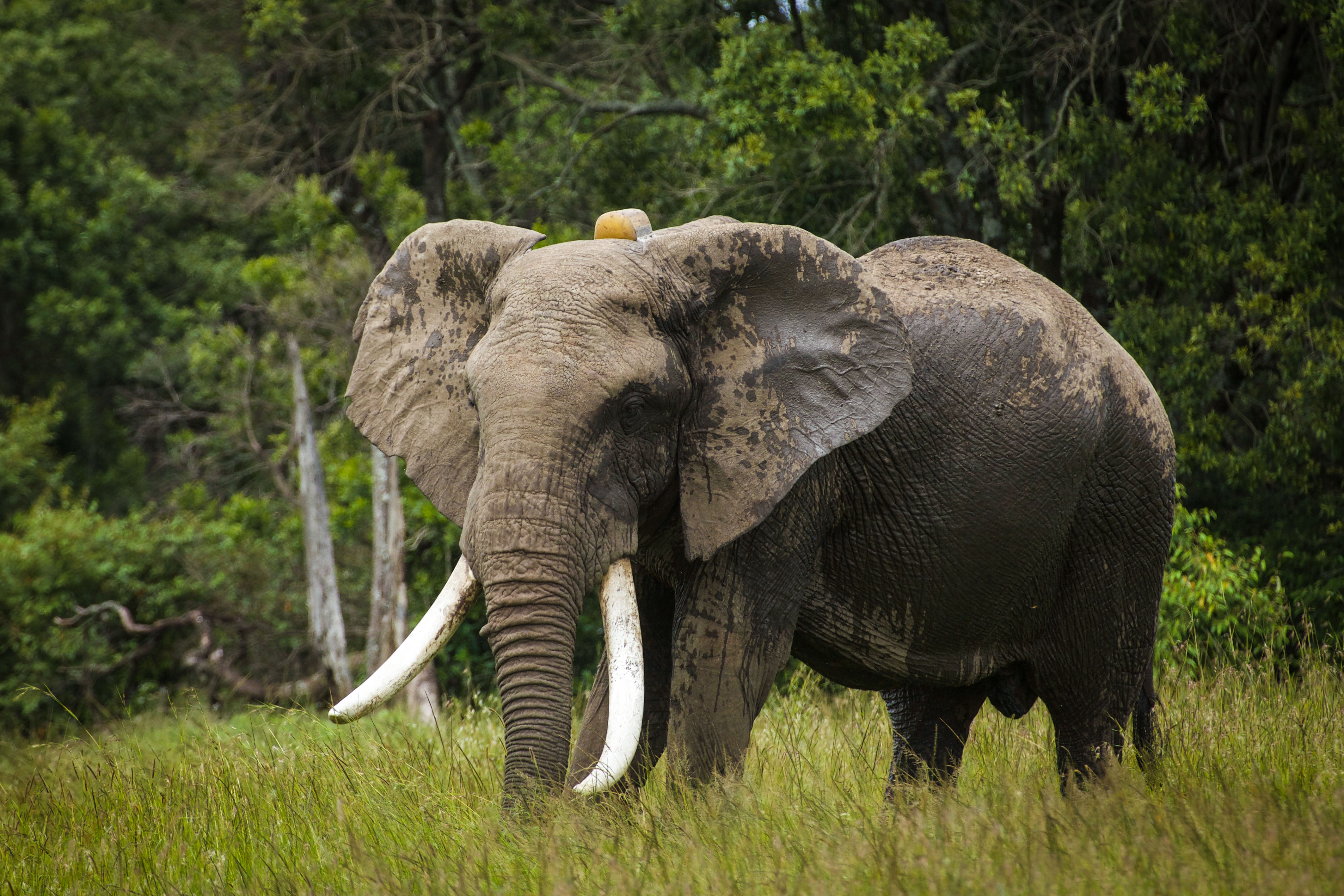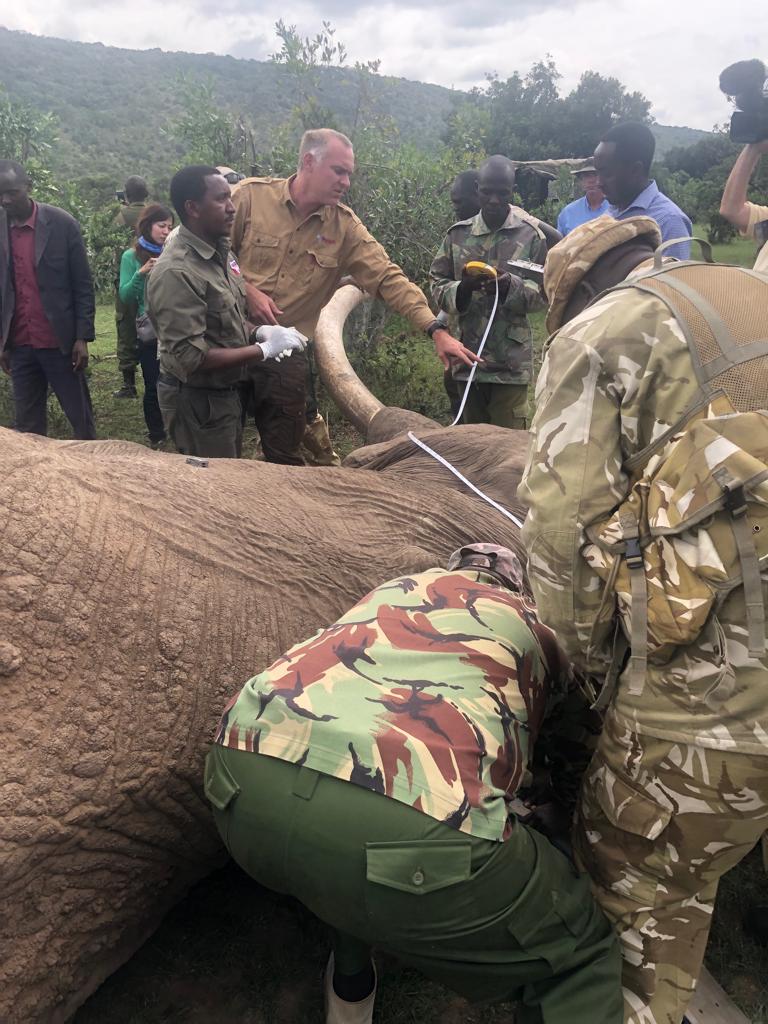Since 2011, Mara Elephant Project (MEP) has collared 48 flagship elephants across the Mara ecosystem. Collaring, monitoring and collecting data on elephants are key components to ensuring we meet our mission objectives.We maintain a collaring schedule that outlines for our organization a timeline for collaring in any given year. Currently, MEP has 16 collared elephants that we monitor in real-time daily.MEP has been using the real-time location data provided by the collars to monitor the movements of 400-600 elephants (estimated by spot counts during patrol flights) across the Mara, Mau, Loita and Rift Valley ecosystems. Our patrol teams rely on this data for daily patrol planning. As a result, security in the areas MEP operates has greatly increased since 2011 and the levels of poaching have dropped dramatically. The collaring, monitoring and data collection on elephants is a key approach for our organization.

MEP collared bull elephant Fred.
In the Northern Mara MEP has collected a significant amount of elephant collar data which defines the northern extent of the ecosystem and continuous data on the MEP collared elephants residing in this area is essential to defining how the ecosystem is changing. This is why on June 13, MEP, with Kenya Wildlife Service approval, successfully replaced Fred’s collar whose battery was due to expire.

MEP rangers taking measurements along with CEO Marc Goss.
Fred is a large bull elephant that was originally collared in February 2013 and re-collared in November 2015. Fred is often found with other bull elephants Kegol and Hugo and has been known to crop raid from farms. The area of the ecosystem where he resides is changing fast and collaring Fred to ensure continuous data collection will be key for MEP’s operations and advocacy.

MEP CEO Marc Goss along with co-founder Suzie Fehsenfeld and her husband Fred, the elephant’s namesake.


